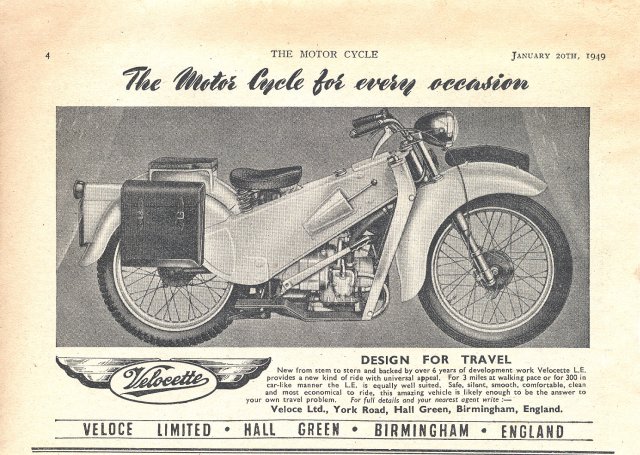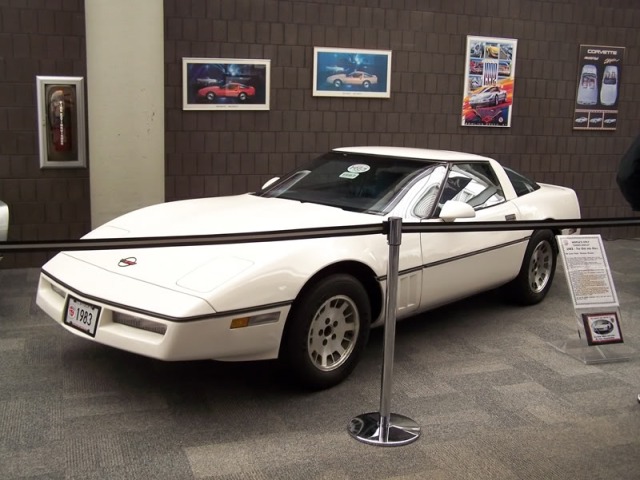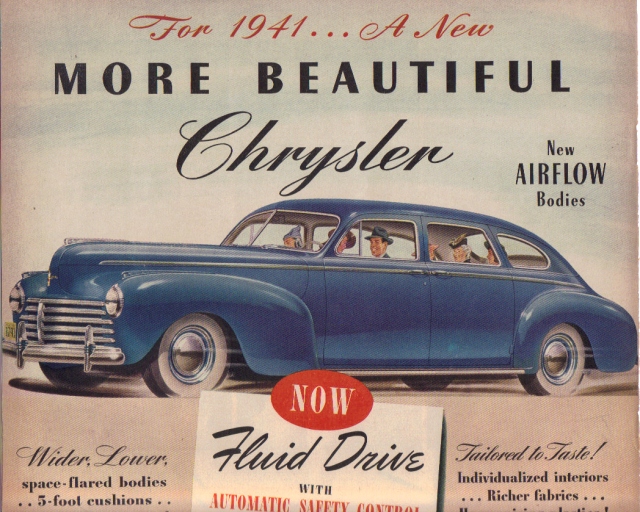Collector Car Insurance: The Appeal of the ’55-’57 Chevy Nomad
 Collector Car Insurance: The Appeal of the ’55-’57 Chevy Nomad
Collector Car Insurance: The Appeal of the ’55-’57 Chevy Nomad
While you may not think of a station wagon when talking about classic and collector vehicles, many classic car enthusiasts consider the Chevy Nomads of the mid-50’s to be some of the most iconic cars of their time. Experts from ConsumerGuide Automotive have called the Chevrolet Nomad the “prettiest wagon ever built and a car with immense, longtime appeal simply because it’s a classic Chevy.”
The creators of this collector car were Chevrolet studio head Clare MacKichan and stylist Carl Renner. MacKichan’s group had suggested at “sport wagon” as one addition to Chevy’s all-new 1955 line. MacKichan stated, “The Corvette theme was a popular one.” Based on the Corvette model, Renner had come up with a sketch for a station wagon roof that caught the eye of General Motor’s Harley Earl, and Earl asked that it be incorporated into a station wagon version as one of three Corvette idea cars for the 1954 Motorama.
The end result was the Corvette Nomad. This prototype featured a fiberglass bodywork on a 1953 Chevrolet wagon chassis. Renner’s roof design complimented the lower body lines of Chevy’s recently announced sports car. Originally unveiled in January 1954, the car was such a hit that Chevy quickly ordered MacKichan to adapt its roofline to Chevrolet’s forthcoming 155 passenger-car styling.
The unique styling of what became known as the Chevy Nomad continued through 1956 and 57. Chevy’s were given a more conventional full-width grille, pleasing customers who didn’t like the Ferrari-inspired ’55 front end. General Motors discontinued the original Nomad Sport Wagon at the end of the 1957 model year due to low sales and the introduction of a new body for 1958, but the Chevy Nomad is still considered to be a milestone vehicle.
Whether you own a classic Chevy or any other type of classic or antique car, it’s important to protect it financially with the right type of Classic Car Insurance Coverage. At Condon Skelly, we know how exciting it can be to start a classic car collection. We’ve been helping our customers protect their classics with affordable, industry-leading insurance coverage since 1967. We’re a group of collectors, enthusiasts, and professionals who specialize in insuring all types of collector vehicles. For more information, please contact us today at (866) 291-5694.








